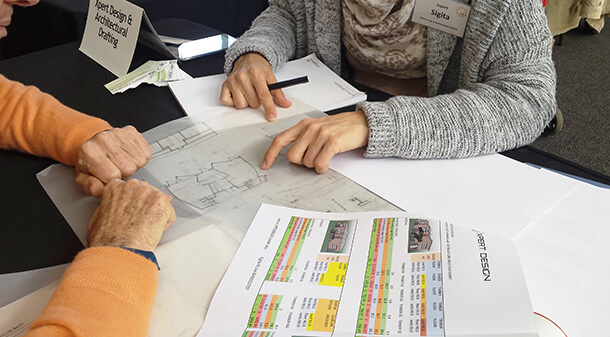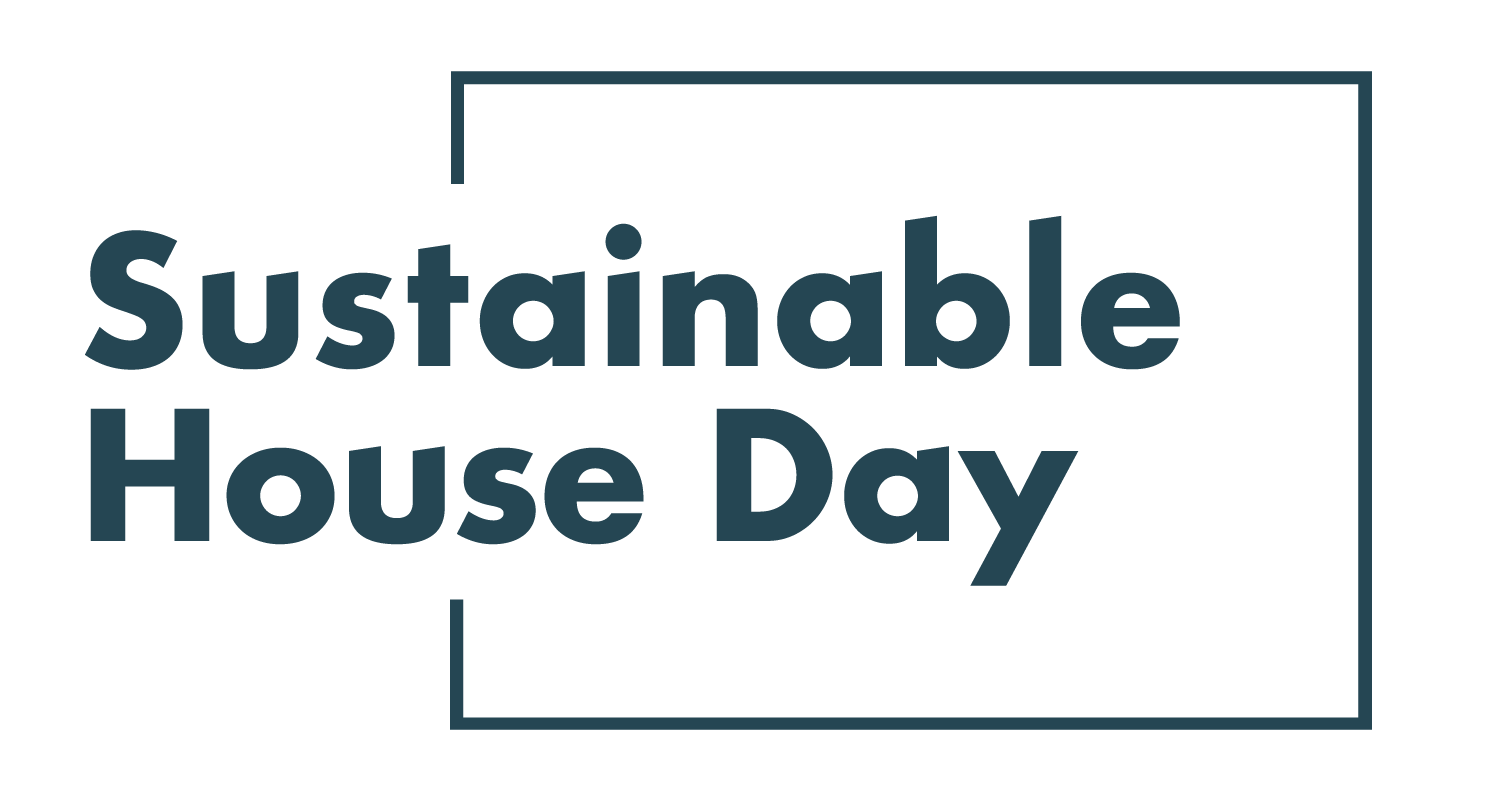Making mistakes in a building project can cost time and money, and leave you well short of the energy-efficient home you planned for. In Sanctuary 38 Verity Campbell asks four experienced designers about their top tips for avoiding the most common pitfalls.
For this installment we’ll move on to some technical advice in Thermal mass and insulation from Penny Guild from Guild Architects.

Penny Guild says it’s important people understand the difference between thermal mass and insulation to help them choose the right architect or designer to work with and to ensure they end up with a home that is thermally comfortable year round.
Penny gives examples of homeowners who have lived in Victorian brick homes, remembering how cool they stay in summer. “They think that’s the brick acting as an insulator, whereas it’s actually the brick acting as thermal mass (and once it heats up it will take a long time to cool down),” she says. The confusion is completely understandable, though: “When I’m tutoring, I see architecture students struggle with the difference between mass and insulation, and I think a lot of architects don’t fully understand the difference either.”
People need to be aware that requesting a brick house with lots of concrete and expecting it to be thermally comfortable year round can be challenging. “You’ve got to be thoughtful about where the mass is and whether it can be exposed to sun or other passive heating source in winter particularly. And if you’ve got mass, it’s got to be insulated on the external side,” she adds. And don’t forget that in cooler climates, heating is the larger part of the energy load on your house: too much glass on a cold night is going to “suck all the heat out of the room”.
Penny also advises homeowners to think about how, where or even if they will use timber. “Everyone loves the look of timber,” she says, “but you have to understand how much maintenance timber requires.” Clear finishes on exposed external walls require refinishing at least every year, if not more often. The orientation of your wall will also affect how much maintenance it will need, she says. This means the building will weather differently – and even if you opt for a low maintenance, natural finish that greys over time, you’re still going to get uneven weathering. “Anywhere there’s an eave is going to weather differently to walls without eaves.”
“Timber sourcing is a really interesting one, too,” she adds. “It’s really hard to source sustainable hardwood timber in Australia. Every timber supplier says their timber is ‘sustainably sourced’ and there’s a lot of greenwash.” Penny recommends people consider opting for other timber products such as recycled timber, finger-jointed Australian-grown plantation pine, or composite and reconstituted products that ensure every part of the tree is used.
